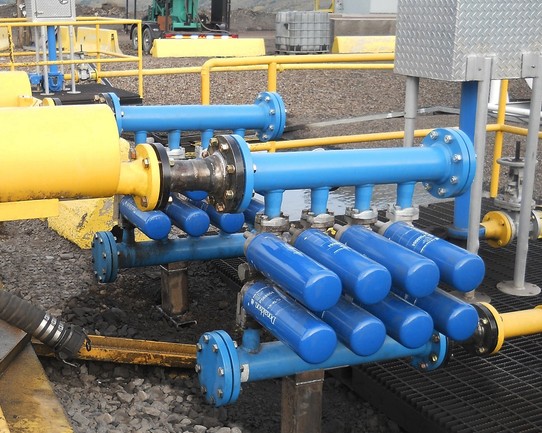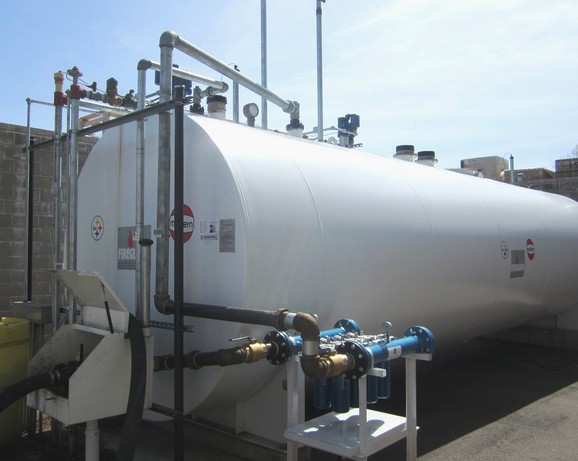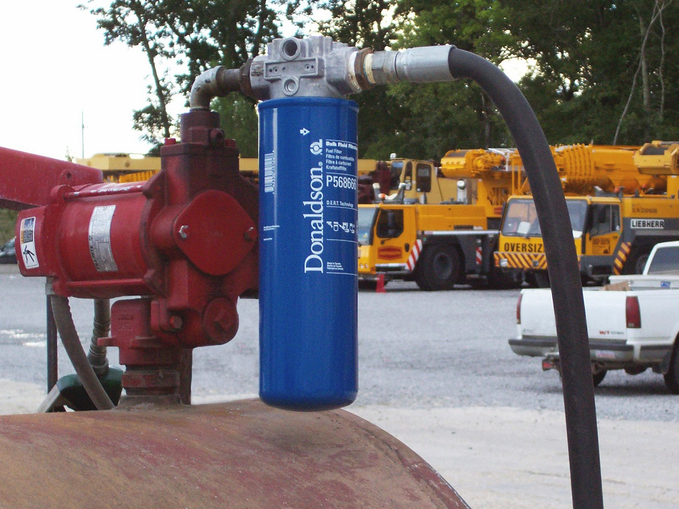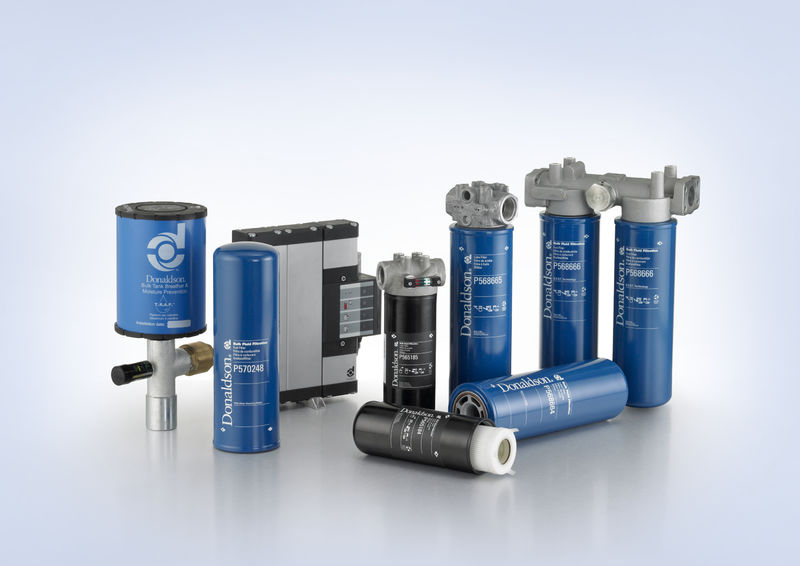Modern high-pressure common rail (HPCR) engines are now commonplace in the trucking industry and with that, fuel quality becomes an increasingly important issue. Diesel that isn’t “pristinely clean” can cause unexpected downtime, shortened maintenance intervals and costly engine overhauls.
In today’s low-emission diesel engines, the HPCR fuel system injects fuel at pressures exceeding 40,000psi. These high pressures allow for proper atomisation and better fuel economy, but to accomplish this, tight injector design tolerances are necessary. These tight tolerances, leave HPCR injectors more vulnerable to failure from dirt, water and deposits compared to engines with unit injectors. In the “old days,” an operator could simply visually inspect fuel for cleanliness, and “clear and bright” was the standard. Today, fuel that isn’t pristinely clean, dry and free of chemistry issues can wreak havoc on HPCR engines. Particles the size of red blood cells (2-5 microns) can cripple HPCR fuel components.
How to tell you have a fuel-quality issue
Fuel-quality issues — from dirt, water and chemical deposits — typically manifest as:
- Prematurely plugged on-engine fuel filters
- Premature/ frequent injector replacement
- More frequent exhaust system re-gens
The outcome from these fuel quality issues might look like: reduced horsepower or fuel economy, your engine-oil analysis might test positive for ‘fuel dilution’, a higher rate of diesel particulate filter (DPF) failures or injector replacement. HPCR injector replacement including parts and labor can exceed £10,000 for a V6 engine. And let’s not forget, the lost revenue from equipment downtime can be more expensive than the actual injector replacement.
What can YOU do about your fuel quality?
To answer this question, you need to better diagnose your specific fuel quality issue. But you may ask, “Isn’t my diesel delivered in the cleanest state possible?” The short answer is, no. Standards on diesel cleanliness have not kept up with today’s new HPCR engine technology, specifically when it comes to dirt and water.
“Every time fuel is transported, it has the opportunity to pick up dirt, water and chemistry issues,” says Paul Klick, Global Sales Manager at Donaldson, Inc. “The best thing a fleet manager can do to protect their fleet is to improve ‘housekeeping’ and install safeguards to ensure they don’t burn diesel that isn’t fit for use.”
That means you should:
- Have your fuel tanks inspected and cleaned
- Install filtration safeguards at your fuel tank
- Set a maintenance plan to inspect your tank semi-annually
Proper housekeeping for your bulk diesel tank
Bulk fuel tanks, from 750,000-gallon concrete-encased behemoths to 50-gallon slip-tanks, typically have at least 1-2 inches of sludge and sediment (on average) on the bottom. Windblown dirt and moisture can get in through the top of the tank, but water in bulk tanks is the most common issue. Water makes biodiesel unstable, causing glycerin fallout, which can plug on-engine filtration. Water can also change the spray pattern of fuel at the injector, affecting the atomisation of the fuel and resulting in loss of horsepower and reduced fuel economy. Inspect all of your fuel tanks (bulk and on-engine) and get them professionally cleaned to remove the years of sludge, sediment, microbial growth and water trapped at the bottom of your tank in the “rag layer".
Filter out problems before, during and after the bulk tank

Clean diesel at delivery
A good single-pass filtration manifold system on the inlet of above ground bulk storage tanks reduces the risk of introducing contamination into your fuel storage infrastructure and helps maintain desired cleanliness levels.

Protect your fuel from dust and moisture
“Once clean fuel is in your bulk tank, you want to protect it,” Klick says. “A thermally reactive advance protection (TRAP) breather stops debris as small as 3 microns as well as atmospheric moisture from entering the diesel tank as it breathes. If you go through the effort of keeping diesel clean and dry when it’s pumped in, why not keep it that way?”

Polish as you dispense into your engine
Dispense filters polish or remove any contaminants that may have been picked up in storage or during final fuel transfer.
“This is the most critical place to filter,” Klick says. “This is the last checkpoint before the fuel goes into the equipment. It’s also a great opportunity to add water-absorbing filter solutions to ensure your fuel is both clean and dry – making it fit for use in your modern engine.”
“You cannot overlook proper filtration on every fuel tank you have. Donaldson recommends an approach that starts with high-efficiency onboard filtration, but supplements that protection with three-stage bulk filtration: clean, protect and polish.”
– Paul Klick, Global Sales Manager at Donaldson
Have your maintenance team reach out and determine what safeguard your fuel supplier has in place to protect your engines. You might be surprised to know that low-efficiency 30-micron filters are generally all that is required in bulk diesel dispensing. As stated earlier, much tighter filtration (2-5 micron high-efficiency) is recommended for HPCR engines.
Additionally, be extremely careful about what and how much additive you dump in your saddle tanks. Often, fuel is already treated for cold weather operability and introducing more additive can exacerbate a fuel quality issue.
Unplanned downtime can be costly in any industry, and there is a growing concern that many of these events are related to fuel quality. Avoiding unscheduled downtime and extending maintenance intervals is a surefire way to lower your total cost of ownership. One of the most certain returns on your investment is adding safeguards to improve your fuel infrastructure.
“One of best thing you can do to keep your equipment running,” Klick says, “is to make sure that the fuel it is burning is as clean and dry as possible.”
Credit for this article – Donaldson – https://www.donaldson.com/en-us/engine/filters/technical-articles/tackling-bulk-fuel-quality-issues/

